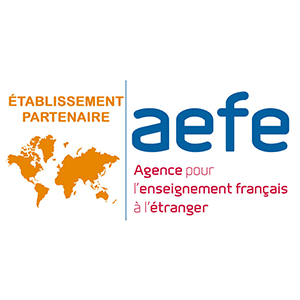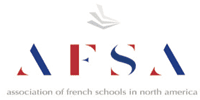The Environmental Advantages of Language Learning in Young Children
As any adult who has ever attempted to learn a new language or skill can tell you, picking things up later in life seems to be much more difficult than it was as a young child. No matter how hard you study or how many times you try to master a new skill, the older we get, the harder it becomes to pick things up. So, do children really learn faster than adults or is there a trick to their ability to grasp language concepts and skills at a more effective and efficient rate?
Language Learning Differences with Age
You may assume that a younger brain is more conditioned to learn, much the same as a younger body is more physically able to compete in triathlons than an older body. While you wouldn’t exactly be wrong, the process of conditioning a brain for learning is much more complex than simply age. It’s true that we do lose brain power as we age – particularly reducing our ability to pick up new items and retain new information – a fact which has a direct result on the rate in which we learn (obviously). It’s not as simple as saying adults learn slower than children because of age, however. Understanding how our minds change as we age is key to grasping why we learn differently at various stages of our lives.
“As a person gets older, changes occur in all parts of the body, including the brain. Certain parts of the brain shrink, especially those important to learning and other complex mental activities. In certain brain regions, communication between neurons (nerve cells) can be reduced… These changes in the brain can affect mental function, even in healthy older people,” explains the U.S. Department of Health and Human Services.
While our brains undergo degeneration and deterioration naturally over the years, this still does not account for a complete picture on learning differences over the ages. In other words, yes, aging minds are physically less capable of learning as younger minds, but not to the extent that thoroughly explains why children are able to pick up learning new languages and subjects so much faster.
Unconscious Learning Vs Conscious Learning
Outside of the physical difference of young minds versus older minds, there is another piece of the puzzle that helps to explain how children learn so much faster than adults: unconscious learning versus conscious learning. In the simplest definition, unconscious learning is that which takes place without even trying. Think of it as picking up a favorite line or phrase from a movie you’ve seen a few times – you didn’t intend to learn it, you just picked it up and remembered it while watching in enjoyment. Conscious learning then, is the opposite. It’s the intentional act of trying to learn a new task or subject. This form of learning is like trying to study for a test or memorize new policies or manuals for work.
So, how does this translate to language learning as children versus as adults? It’s really quite simple; young children tend to learn unconsciously while adolescents and adults lean more on conscious learning habits. Young children do not focus on studying specific grammar books, diagrams, or memorization – in fact, they don’t focus on learning at all. Instead, young children inadvertently pick up information like a sponge by simply absorbing what they see around them. Adults, on the other hand, spend hours poring over learning techniques and specifics, trying to memorize new information and, subsequently, absorb less information in the process.
Environmental Advantages of Language Learning
“(Children) are literally built to absorb information; they do this in an unconscious state of mind, like they’re learning, and they don’t even know it. Adults and older children, on the other hand, have to consciously learn the information which makes it harder because when we learn that way, information sometimes gets lost or disassociated,” explains the Instructor Blog for Penn State’s SC200 Course.
In addition to picking up learning cues unconsciously, the environments in which children learn are more conducive to information absorption as well. As children, we are encouraged and praised for the very concept of learning despite not picking up proper grammar cues or techniques. Children are met with smiles, accolades and support when they are able to communicate the basics of a new concept or language because they are not expected to learn all of the details all at once. This allows them to grow by picking up specifics a little at a time without fear of failure or sounding unintelligent if they don’t get something 100% correct.
On the flip side, older children and adults are often faced with (sometimes paralyzing) fear over sounding like anything less than a native speaker on their topic of study. In other words, adults have a fear of failing or making mistakes and being criticized for said mistakes which can (and does) inhibit the ability to fully absorb and learn through their environments.
Immersion and Bilingualism
Closely linked to the environmental advantages to learning – particularly with language learning – is the difference of learning through immersion. Immersion is the act of learning by being fully immersed in the topic of study for at least 50 percent of the time. In terms of bilingualism, it means learning by being in an environment which speaks the language being learned for at least half of your time awake each day. This is something which has benefits for both adults and young children, but again, there are differences in the rate at which each pick up the immersion learning cues.
While immersion is a highly productive method of learning, adults and children still pick things up at different rates. Referring back to the previous differences, despite being immersed in language learning, adults are still prone to cognitive degeneration inhibiting their ability to learn as well as holding on to the same fear of mistakes. It all boils down to a combination of both physical deterrents as well as environmental inhibitors that present as learning obstacles with age. It is the overall healthier cognitive functionality in combination with more favorable environmental stimulants (among other, more unique, criteria) that ultimately gives children the advantage when it comes to learning new languages and other topics more quickly than their older selves are capable of pulling off years later.














